NAXOS
Plants and Animals

Plants and Animals

Popular destinations GREECE
| Aegina | Alonissos | Andros |
| Chios | Corfu | Crete |
| Hydra | Kalymnos | Karpathos |
| Kefalonia | Kos | Lefkas |
| Lesbos | Mykonos | Naxos |
| Paros | Patmos | Peloponnese |
| Poros | Rhodes | Samos |
| Santorini | Skiathos | Skopelos |
| Spetses | Thasos | Zakynthos |
Plants and Animals
Plants
Naxos has a rich flora with mainly European species, but West Asian and North African species also occur. Because of the large number of habitats present, and the, at least by Cycladic standards, richness of water, Naxos has a list of about 1000 species of angiosperms, the most important group of land plants. 51 of these species are found only in the Aegean, 12 only in the Cyclades, and four species are found only on Naxos, Cerastium runemarkii, Radix aira, Erysimum naxense, and Symphytum naxicola.In contrast, most of the large trees and plants, and of course most of the agricultural crops, are not those of local origin, but often long ago. Examples include domesticated varieties of olives (from southern Turkey), carob trees (probably Near East), broadleaf oaks, chestnut trees, Aleppo pines (probably mainland Greece), mulberry trees (Far East), arrow reeds (not a true reed, but a grass from Southeast Asia), eucalyptus (from Australia), and disk cacti and agaves (Central America).
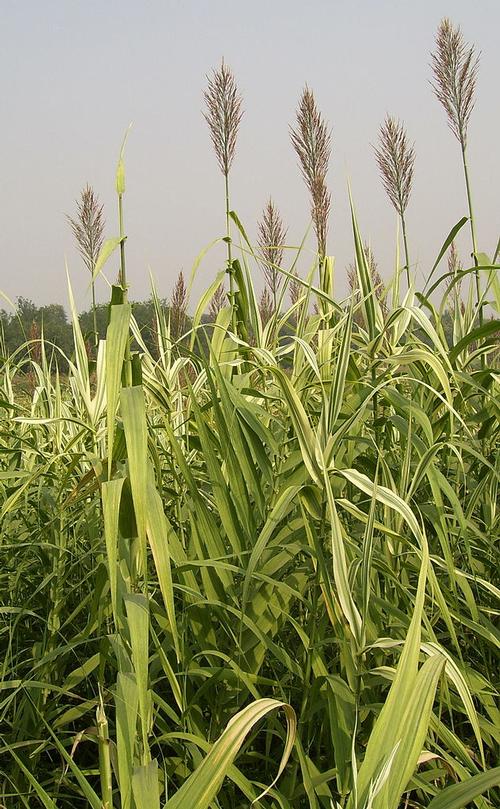 Naxos: arrow reedPhoto: Shizhao CC 3.0 Unported no changes made
Naxos: arrow reedPhoto: Shizhao CC 3.0 Unported no changes made
Perhaps the most important and characteristic plant community on Naxos is garrigue which, if not overgrazed, has an impressive diversity of plant species to offer. Garrigue is found on much of Naxos, including in areas where fire once raged. On flysch soil, garrigue is dominated by the broom species Genista acanthoclada while on calcareous soil the thyme species Coridothymus capitatus predominates.
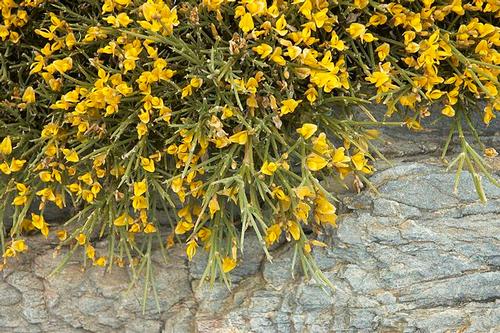 Naxos: Genista acanthocladaPhoto: Wouter Hagens CC 3.0 Unported no changes made
Naxos: Genista acanthocladaPhoto: Wouter Hagens CC 3.0 Unported no changes made
Perennial garrigue plants share some common characteristics: they are often spiny or have aromatic leaves to defend themselves against herbivores. In addition, many species are (partially) deciduous, especially during the dry summer season. Many herbs that grow wild in the mountains Naxos are used in European cuisine, such as thyme, savory and oregano.Naxos used to be densely forested. However, these forests fell prey to logging (already in Venetian times) and forest fires over time. Remnants of those forests and Mediterranean scrub (maquis) can be found in the more remote areas, especially when the soil is more humid. However, Phoenician juniper, scrub or open woodland can also be found in dry and calcareous soils, such as in the southeast of Naxos. The sandy region of Alyko hosts one of the largest areas of juniper in Greece. In the mountainous part of Naxos, there are further small areas of holly oak, Cretan maples and holm oaks. also, more than 20 species of orchids have been found so far on Naxos.
Animals
General
Naxos has a varied topography and therefore a wide range of natural habitats, from widely used agricultural landscapes to forests, and from marshlands to Mediterranean scrublands. And these local ecosystems harbor some of the most interesting fauna in the Cyclades. Naxos has several protected areas and a number of reserves, which are, however, under pressure from tourism development and related construction activities.
Mammels
Naxos does not have much to offer in terms of land mammals. Until the first quarter of the 19th century, deer and wild boar still lived on Naxos, neither native but probably introduced for hunting during the Venetian period. Today hares, although restricted to remote areas due to hunting, constitute the largest population of mammals. Rabbits live only on islets near Naxos. The Eastern European hedgehog or eastern hedgehog and the stone marten are widespread on Naxos.
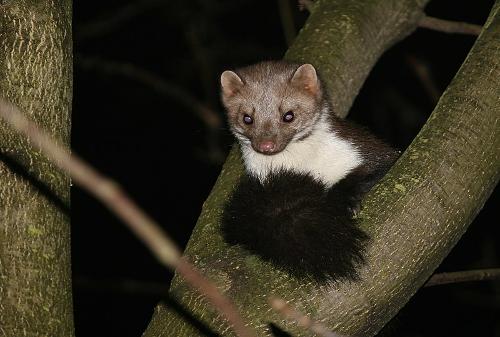 Stone marten NaxosPhoto: Stanislaw Szydlo CC 3.0 Unported no changes made
Stone marten NaxosPhoto: Stanislaw Szydlo CC 3.0 Unported no changes made
Amphibians and Reptiles
The Cyclades are known for their abundant herpetofauna, and Naxos is no exception. Green toads and the Balkan lake frog are the only two species of amphibians on Naxos. They can be found in most of the marshy areas of the island, sometimes in combination with the Balkan stream turtle, which, however, tends to be found in larger waters. No terrapins naturally occur on Naxos, so any individuals that are nevertheless found are probably escaped pets.
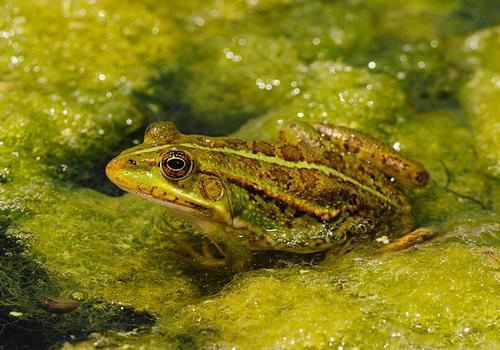 Naxos: Balkan lake frogPhoto: Benny Trapp CC 3.0 Unported no changes made
Naxos: Balkan lake frogPhoto: Benny Trapp CC 3.0 Unported no changes made
Several species of lizards can be found on Naxos, including the distinctive hardon from the agama family and the more common and smaller Aegean wall lizard. Also, two more species of small geckos, the gray-colored nude finger gecko or Aegean nude finger gecko and especially the pink European chitjak. The already mentioned lizards are not that difficult to observe, the giant marsh lizard, on the other hand, is mostly found in shrubbery and areas with dense vegetation. Finally, two lizard species with smooth scales, the pearl skink and the Johanniss skink, which are also difficult to see, as they occur in grassy fields and sandy coastal areas.
Naxos is home to at least five species of snakes, including the small sandboa, a modest non-toxic snake from the boa family that spends most of its life underground. The four-striped snake, from the smooth snake family, is much larger than the small sand boa, but equally harmless to humans and is also common in the agricultural areas of Naxos. Poisonous, but not as common, is the shy sand viper. The harmless grass snake can always be found near water, so on Naxos it is well catered for. And finally, from the worm snake family there is the slender worm snake, which one never really gets to see because it lives underground.
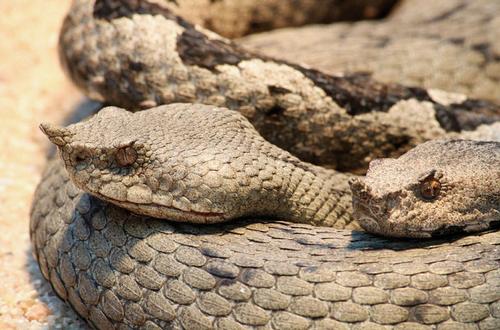 The sand vein is the only poisonous snake on NaxosPhoto: Holger Krisp CC 3.0 Unported no changes made
The sand vein is the only poisonous snake on NaxosPhoto: Holger Krisp CC 3.0 Unported no changes made
Birds
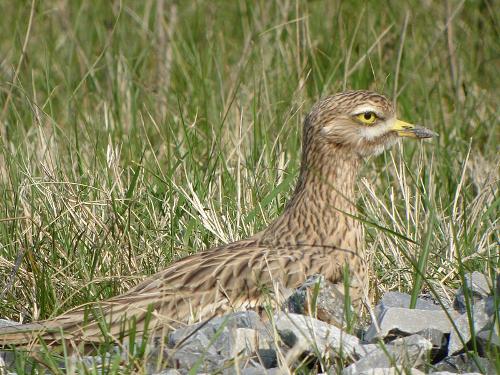 Stone Curlow NaxosPhoto: Paleixmart CC 3.0 Unported no changes made
Stone Curlow NaxosPhoto: Paleixmart CC 3.0 Unported no changes made
Typical of islands, and this includes Naxos, is the fact that the number of breeding birds is much less than on the neighboring mainland, in the case of Naxos Western Turkey. Together with the numbers of migratory birds, the avifauna on Naxos is much more varied than on the other islands of the Cyclades. The main reasons for this are the size of the island and the diversity of its landscapes. Naxos is massively used by migratory birds as a springboard between Europe and Africa.Approximately 225 bird species have been counted there, about half of the total number of bird species in all of Greece. Naxos and a number of neighboring islets have about 70 native and 27 non-native breeding birds. 90 migratory bird species stay on Naxos in spring or autumn, 40 species choose Naxos in winter. 51 species are on the Greek Red List of endangered birds.
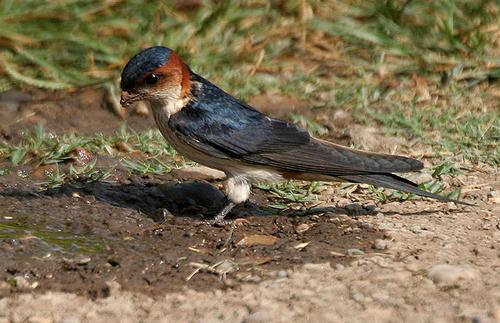 Naxos: red-breasted swallowPhoto: J.M Garg CC 3.0 Unported no changes made
Naxos: red-breasted swallowPhoto: J.M Garg CC 3.0 Unported no changes made
Six of 70 native bird species do not nest on Naxos itself, but do nest on nearby (uninhabited) islets, including certain species of gulls, shearwaters, Elenora's falcon and the griffon vulture. Raptor species that do nest on Naxos are buzzard, hawk eagle, eagle buzzard, peregrine falcon and lanner falcon. Waterbirds that occur in the Mediterranean are of course fewer in species and numbers than around the North Sea, but are special because they are not common in other places in Europe: yellow-legged gull, Audouin's gull, Kuhls shearwater, Yelkouan shearwater, a subspecies of shagbill, stilt, stone curlew, little ringed plover and Kentish plover.
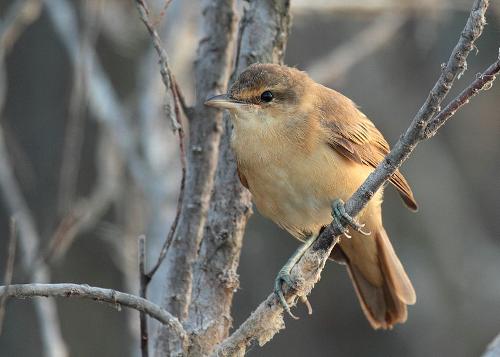 Naxos:great warblerPhoto: Augustin Povedano CC 2.0 Generic no changes made
Naxos:great warblerPhoto: Augustin Povedano CC 2.0 Generic no changes made
The bird species on Naxos naturally change over the years, for example the blue tit and house swallow have not been found on Naxos for over a hundred years. In contrast, species such as the turkey turtle, Cetti's warbler, red-breasted wheatear, ring sparrow and red-breasted swallow are fairly new to Naxos.
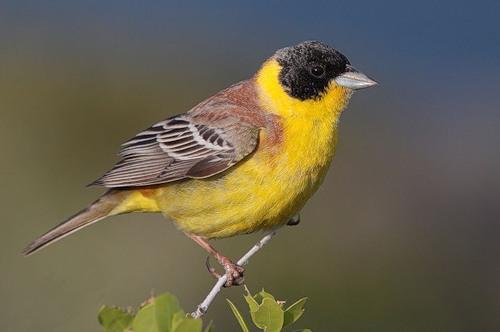 Black-headed bunting, breeding bird on NaxosPhoto: Mark S Jobling CC 3.0 Unported no changes made
Black-headed bunting, breeding bird on NaxosPhoto: Mark S Jobling CC 3.0 Unported no changes made
Of course, for birdwatchers, the specific Mediterranean and Eastern European bird species of interest include little blackhead, Rüppel's warbler, Orpheus warbler, Cetti's warbler, cirl bunting, blackheaded bunting, brown-throated tortoise, blond wheatear, blue rock thrush, red-headed warbler and Alpine vulture swallow.
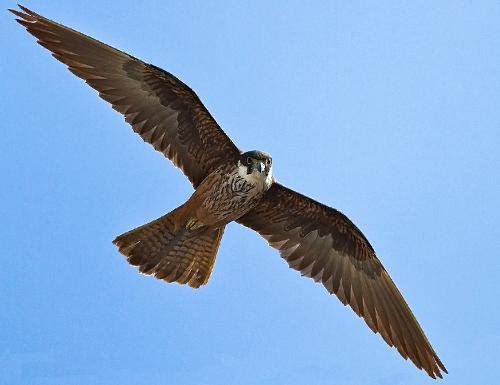 Naxos: Eleonora's falconPhoto: Jürgen Dietrich CC 3.0 Germany no changes made
Naxos: Eleonora's falconPhoto: Jürgen Dietrich CC 3.0 Germany no changes made
Some species are also found in Western Europe, but not as many as on Naxos: crested lark, tree lark, wheatear, gray bunting, raven and nightjar. Typically Western European but also occurring on Naxos are blackbird, wren, nightingale, gray flycatcher, ring sparrow, little warbler, great warbler.
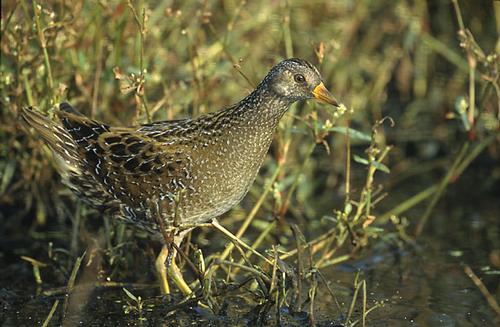 Naxos: spotted crake, winter visitor on NaxosPhoto: Marek Szczepanek CC 3.0 Unported no changes made
Naxos: spotted crake, winter visitor on NaxosPhoto: Marek Szczepanek CC 3.0 Unported no changes made
Sea Animals
The most common marine mammals in the waters around Naxos are the striped dolphin and to a lesser extent the bottlenose dolphin. Especially during calm weather, both species can be observed from boats. In remote areas of eastern and southeastern Naxos, some of the endangered Mediterranean monk seals and false hawksbill turtles can sometimes be seen. By far the most common seabird in this area is the yellow-legged gull, the number of breeding Audouins gulls is much smaller. Significant numbers of Scopoli's shearwaters and Yelkouan shearwaters still occur in the same region. Shags are scattered along the rocky shores of Naxos.
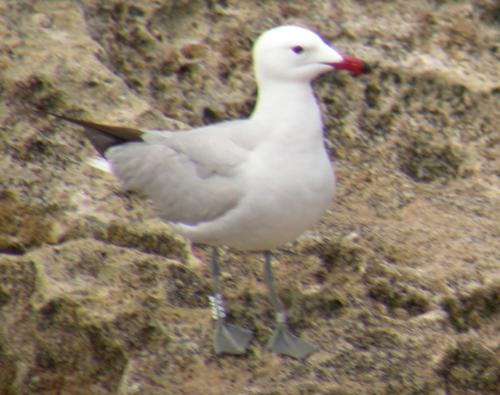 Naxos: Adouins seagullPhoto: Public domain
Naxos: Adouins seagullPhoto: Public domain
Sources
Wikipedia
CIA - World Factbook
BBC - Country Profiles
Last updated June 2025Copyright: Team The World of Info